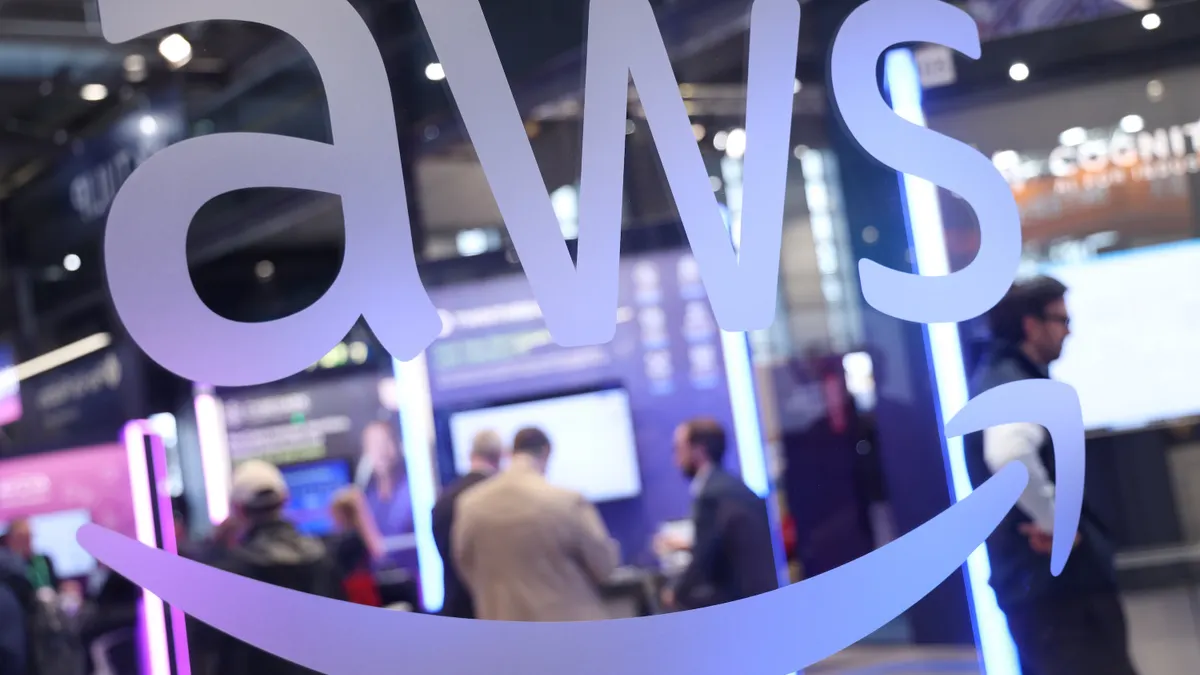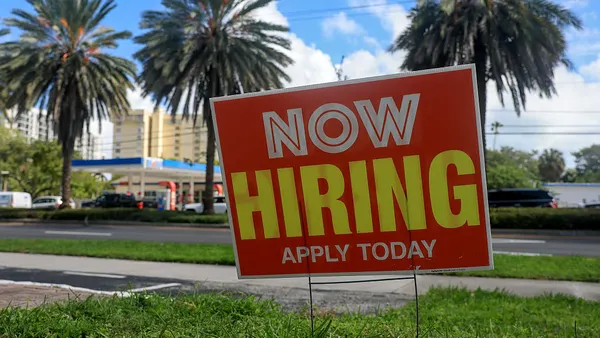Pandemic openings, then closures, economic upheaval, supply chain woes and the Great Resignation are only a few of the tumultuous events businesses have dealt with this year. But, uncertainty is expected.
"Volatility is something that we clearly saw this year but it's something that is going to be an ongoing theme," said Monika Sinha, research vice president at Gartner, in a call ahead of the virtual Gartner IT Symposium/Xpo 2021. "Volatility is something that is now a new normal."
Businesses have adapted and some have thrived using technology to navigate the volatility, creating new revenue streams and accelerating modernization plans. Enterprise adaptation has coincided with large-scale investments into technology, as leaders look toward technology to catalyze changes in the business.
"Our research this year showed that technology investments are going way up," Sinha said. "In fact, technology investments are going to be at the highest they've been over the last decade."
Technology executives expect a 3.6% increase in IT spend for 2022, according to survey data released Monday at the virtual Gartner IT Symposium/Xpo 2021. The research firm surveyed 2,387 CIO and technology executives globally for the results.
The jump more than offsets the low 2% projected IT budget growth in 2021 over 2020 spending, Gartner research shows. It's the largest year-over-year jump in more than 10 years and the highest since the 3% growth in 2018.

With the spending injection, CIOs need to rethink what technology businesses should invest in, making way for quick wins alongside a long-term strategic plan.
"Technology leaders have to look at their budgets as investment portfolios," Sinha said. Some long-term investments pay dividends, but organizations can also optimize business channels or improve their customer experience right away.
Businesses are shifting from legacy upkeep toward technology investments that advance, or protect, the enterprise. Two-thirds of respondents plan to increase cybersecurity spending while half plan to increase business intelligence and cloud platform investments.
Executives expect the largest decreases in spending in legacy systems. Two in five respondents plan to reduce data center and infrastructure technologies investments, while one in five plans to spend less on legacy application modernization.
Restrategizing IT
Rethinking operations is expensive, and many organizations are shy of the costs related to transformation. If organizations become proficient at innovation and experimentation, it can deliver business benefits, Sinha said.
The overall attitudes toward IT and reinvesting in the business are part of a decades-long shift in operations.
Businesses evolved and changed but IT did not change in the same way, Gordon Barnett, principal analyst at Forrester, told CIO Dive. "What we have started to find is that traditional IT operating models cannot really support organizations that want to evolve faster, the adaptive creative, resilient, all of that stuff."
While IT has to change its practices, it's not all about speed, Barnett said. Rather, businesses should have areas of an organization that are ripe to move fast, but speed does not act as a prerequisite for all technology operations.
This is seen in platform businesses such as Salesforce or ServiceNow. While the platform rarely changes, the services built on top of it change all the time.
In the modern organization, there's fast-changing and not-so-fast-changing elements, Barnett said. Businesses also rely on partners or shared services, creating a balance of technology components organizations can draw from to operate effectively.
Building blocks of operations
With uncertainty certain, Gartner's push is to increase business composability, which the analyst firm says will help organizations innovate and quickly adapt. Spread across three categories, composability centers around:
- Thinking, where highly-composably enterprises empower teams to respond and adapt to ever-changing business conditions;
- business architecture, where leading business optimize for adaptability;
- and technology, where top businesses have iterative technology development and can readily share, integrate and apply data.
The goal is to create building blocks of technology and operations that emphasizes flexibility in operations while mobilizing resources organizations already have.
Technologies that develop communication can create a more agile way of working, Sinha said. While one investment might not directly drive revenue it will help an organization long-term.
Highly composably enterprises expect larger increases in revenue and IT budgets next year, when compared to less-composable peers, Gartner research shows. The most composable organizations expect revenue to grow 7.7% alongside 4.2% growth in IT budgets, compared to low-composable enterprises, which expect 3.4% and 3.1% increases in revenue and IT spending, respectively.
That's not to say low-performing peers lack focus on the tenets of business composability. Their focus is more sporadic.
"It's about developing focus around all of these," Sinha said. "They're interrelated. And so developing a level of consistency and practice and discipline will help them."





















